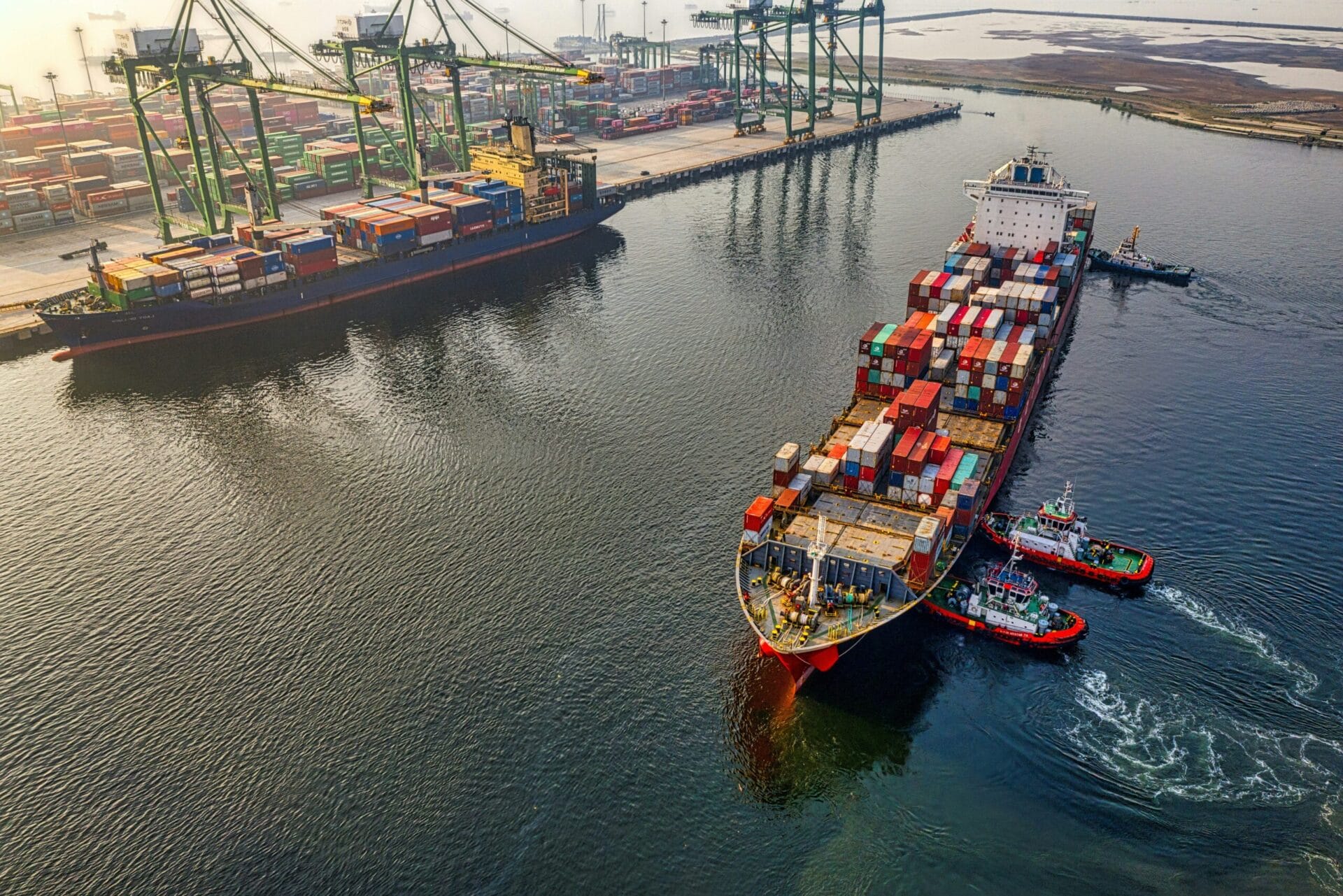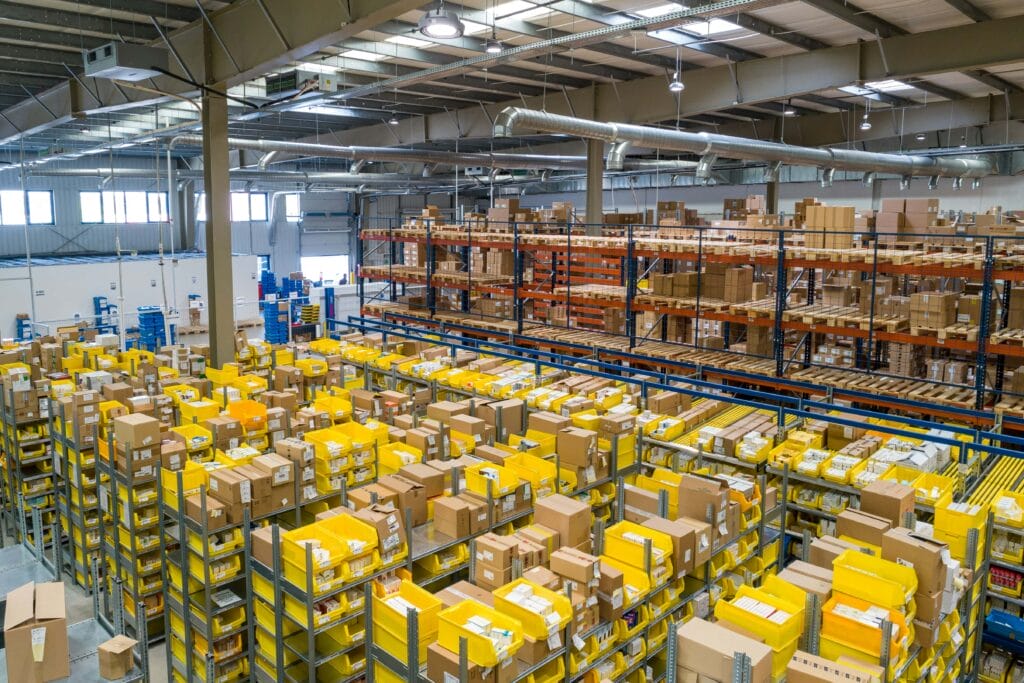
Special Valuation Branch, what you need to know if you are selling in India
Le Indian companies who choose to import beni provenienti da società situate fuori dall’India devono sottoporsi alla procedura chiamata Special Valuation Branch (SVB), considered extremely long and complex.
Ma che cosa si intende per Special Valuation Branch? Come funziona nella pratica? Scopriamolo insieme e vediamo perché sia necessario sapere di cosa si tratta se l’obiettivo è vendere in India.
Cosa s’intende per Special Valuation Branch
Lo Special Valuation Branch in India non è altro che un’specialized institution nell’investigation of transactions involving companies with special relationships and some special characteristics that could have an impact on the value of imported goods.
Entrando nel dettaglio, il dipartimento doganale indiano ospita questa unità specializzata che svolge un ruolo fondamentale nell’esaminare transazioni che coinvolgono gli importatori indiani e i fornitori stranieri con close ties of affiliation. We refer to joint ventures, partnerships, or relationships between holding companies and subsidiaries.
In altre parole, l’SVB ha l’autorità di esaminare le transazioni tra un importatore indiano e un fornitore estero collegato. Questo controllo viene avviato quando le parti coinvolte sono considerate “related” secondo la definizione della regola 2(2) delle Customs Valuation (Determination of Value of Imported Goods). Rules, 2007.
Qual è l’obiettivo principale dell’SVB?
Lo purpose è quello di garantire che queste relazioni do not influence unduly the terms of transactions and prices, in compliance with the Customs Valuation Rules. In addition, the Special Valuation Branch also deals with complex situations that require adjustments to the transaction value declared by importers.
Ma perché accade tutto ciò? Bisogna tenere a mente che i dazi doganali sono calcolati sul “assessable value” delle merci, che è il valore della transazione concordat tra il fornitore e l’importatore, ed è soggetto ad alcune inclusioni (come il trasporto, l’assicurazione, ecc.) a condizione che l’acquirente e il venditore non siano collegati.
Pertanto, nel caso in cui l’acquirente e il venditore delle merci siano connected, il valore deve essere determinato secondo le Customs Valuation elaborate a questo proposito. Ecco che in questo caso entra in gioco proprio l’SVB.
Cosa s’intende col termine “Collegato”?
Per poter comprendere l’effettiva applicazione di questa procedura, occorre avere chiaro il concetto del termine “collegato” ai sensi della normativa doganale.
We see that l’acquirente and the seller saranno considerati “connected” se:
- sono funzionari o direttori che operano sia nell’una che nell’altra azienda;
- Are contractually recognized partners in business;
- Are employer and employee;
- chiunque possieda, controlli o detenga, direttamente o indirettamente, il 5% o più delle azioni con diritto di voto in circolazione o delle azioni di entrambi;
- uno dei due controlla direttamente o indirettamente l’altro;
- both are controlled directly or indirectly by a third person;
- Together they directly or indirectly control a third person;
- Are members of the same family.
Generalmente tutte le transazioni che comportano l’importazione di merci da parte di una società indiana e della sua holding o di una società del gruppo associata/affiliata situata al di fuori dell’India sono considerate transazioni tra parti correlate. Pertanto, possono essere oggetto di indagine da parte delle autorità doganali.
L’indagine della Special Valuation Branch in India
Let us try to get into the specifics of how this rather lengthy and complex procedure is put into practice, attempting to schematize le fasi di svolgimento dell’indagine.
Consideriamo un fornitore straniero che vende merci a un importatore indiano. L’indagine dell’SVB scatta solo nel momento in cui viene rilevata una transazione tra parti correlate. Inoltre, scatta se i prezzi presentano delle anomalie. Esse potrebbero essere causate appunto da una relazione tra una parte controllante e una controllata collegate tra loro. Ciò solleva preoccupazioni circa un potenziale abuso nella determinazione dei prezzi. Sebbene sia consentita una certa disparità di prezzo, la giustificazione all’SVB è fondamentale per la conformità.
The steps of the Special Valuation Branch
Ecco, dunque, come si susseguono le fasi dell’indagine:
- L’importatore indiano deve presentare alle autorità doganali diversi documenti insieme al cosiddetto “Allegato-A” (che contiene domande relative al rapporto tra le parti e alle modalità di calcolo del prezzo di trasferimento) al momento del deposito della bolla di entrata, prima di ottenere lo sdoganamento delle merci dal porto doganale. Nel caso in cui il valore dichiarato delle merci importate sia accettabile per le autorità portuali, la valutazione finale viene effettuata senza alcun riferimento all’SVB. L’importatore riceve un numero di riferimento in base al quale le autorità doganali accettano anche il valore delle importazioni successive tra parti correlate.
- Otherwise, if the official examining the circumstances of the sale finds anomalies in the invoice value of the goods, he or she will refer to the Special Valuation Branch for further investigation. Attenzione: non saranno prese in considerazione richieste o rappresentazioni dirette all’SVB da parte degli importatori.
- A quel punto il dipartimento SVB registra la questione ed emette un secondo questionario, il cosiddetto “Allegato B”. L’importatore deve rispondere al questionario entro 60 giorni dall’emissione dello stesso da parte dell’SVB. Nel caso in cui l’importatore non fornisca la risposta entro il termine prescritto, il dipartimento richiede un deposito supplementare di dazi (calcolato al tasso del 5% del valore imponibile dichiarato delle merci) anche sulle successive importazioni, per un periodo di 3 mesi.
- Lo Special Valuation Branch indaga sulla base dei documenti ricevuti dall’importatore, decretando se il rapporto tra l’importatore e il fornitore abbia influenzato o meno il valore di transazione delle merci nell’ambito del CVR (Customs Valuation Rules). A questo punto l’SVB presenta le sue conclusioni al Principal Commissioner/Commission: il rapporto include le osservazioni presentate dall’importatore, i risultati dell’indagine, i motivi per l’accettazione o il rifiuto del valore della transazione e la misura dell’influenza sul valore della transazione dichiarato, se del caso, nell’ambito del CVR.
How do you justify the value of the transaction?
Abbiamo, dunque, appurato che il valore della transazione è accettabile a condizione che l’importatore in India dimostri che quel valore non è influenzato dal rapporto con il venditore delle merci. Tutto ciò può essere effettuato attraverso questi methods described in the CVR:
- Comparison with identical/similar goods imported into India From unrelated importers;
- Deductible value of imported goods;
- Calculated value of imported goods.
Nel caso in cui l’importatore non sia in grado di giustificare il valore della transazione in base alle regole sopra descritte, il CVR consente al funzionario doganale di effettuare una valutazione basata sul miglior giudizio.
Cosa succede se l’SVB accetta le argomentazioni? E se le respinge?
Una volta che il valore di transazione dichiarato dall’importatore viene accepted dall’SVB, la base per l’accettazione del valore di transazione viene incorporata in un Rapporto di Indagine (IR) e la stessa viene trasmessa al porto di importazione. In seguito, le autorità accettano anche il valore di tutte le merci importate successivamente dall’importatore dalle sue società associate fino a quando non riscontrano importazioni contemporanee ad altre parti non collegate in India a prezzi più alti.
If, otherwise, the declared transaction value is not accepted dall’SVB, viene emessa una IR che non tiene conto del valore di transazione dichiarato dall’importatore al porto di importazione. Il funzionario competente del porto di importazione emetterà un avviso di accertamento all’importatore entro 15 giorni dalla data di ricevimento di tale IR e lo comunicherà alle autorità dell’SVB. In tal caso, l’importatore è tenuto a presentare una dichiarazione scritta dettagliata contro le accuse e a giustificare la base su cui il valore della transazione dovrebbe essere accettato. Le autorità portuali doganali hanno il diritto di prendere la decisione finale al riguardo, che in pratica è fortemente influenzata dai suggerimenti delle autorità SVB. Nel caso in cui anche le autorità portuali doganali rifiutino il valore della transazione tra parti correlate, la legge doganale prevede un meccanismo di appello in cui l’importatore può presentare un ricorso e proseguire la controversia.
Come può aiutare Octagona India
Per concludere, abbiamo visto che l’esame da parte dello Special Valuation Branch è necessario per verificare se le merci importate dall’India siano state fatturate a un “prezzo di mercato” o se siano state “sottovalutate”. L’impatto di questo process sull’azienda può essere molto critic. Basti pensare che valutazioni e dichiarazioni errate possono portare a un Rapporto di Indagine negativo che può aumentare i costi dei dazi doganali nella catena di fornitura, riducendo in modo significativo la redditività dell’azienda indiana. Inoltre, il contenzioso con le autorità doganali in materia di valutazione richiede tempo e può comportare costi aggiuntivi, impattando negativamente sull’attività di esportare in India.
There is, in addition, a great deal of other information concerning the jurisdiction of the Special Valuation Branches and the situations in cui la registrazione SVB non è obbligatoria. Per saperne di più riguardo a queste circostanze puoi rivolgerti ad Octagona and its professionals who specialize in the internationalization process of businesses.
In particolare, la nostra filiale in India, è in grado di assistere le aziende nelle seguenti modalità:
- To determine the best method of evaluation;
- Preparation and finalization of documents;
- Presentazione dei documenti all’agente della dogana;
- Assist in resolving questions received by the Deputy Commissioner.
Contact us immediately for receive more information about this, we will respond promptly.





